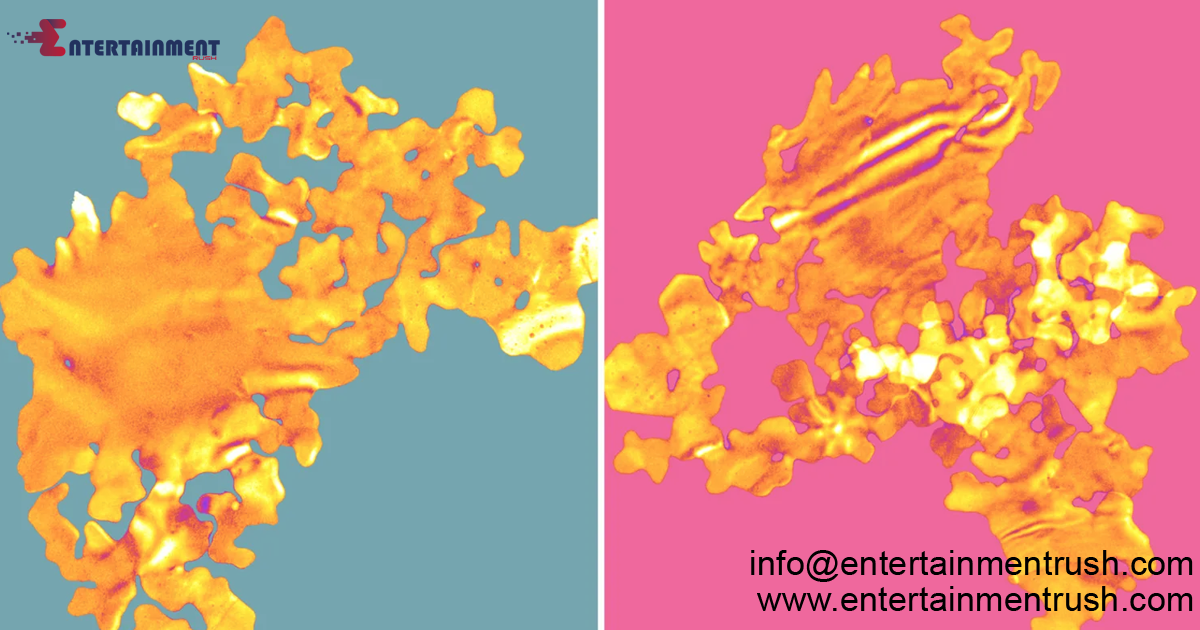In recent groundbreaking research, scientists have achieved a remarkable feat: the creation of a sheet of gold that is only one atom thick. This achievement marks a significant milestone in the field of nanotechnology and materials science, opening up a world of possibilities for future technological advancements.
Significance of a One-Atom-Thick Gold Sheet
The development of a one-atom-thick gold sheet holds immense importance due to its unique properties and potential applications. Gold is already highly valued for its conductivity, corrosion resistance, and optical properties. However, reducing it to a single atom thickness enhances these properties further and introduces new functionalities.
Development Process
The process of creating a one-atom-thick gold sheet involves sophisticated techniques such as molecular beam epitaxy and scanning tunneling microscopy. By carefully depositing individual gold atoms onto a substrate and manipulating their arrangement, researchers can control the thickness and properties of the resulting sheet.
Properties of the Ultra-Thin Gold Sheet
Despite being just one atom thick, the gold sheet exhibits extraordinary mechanical, electrical, and optical properties. It retains the conductivity and durability of bulk gold while also displaying enhanced flexibility and transparency. These properties make it ideal for a wide range of applications across various industries.
Potential Applications
The ultra-thin gold sheet has the potential to revolutionize several fields, including electronics, catalysis, sensing, and biomedicine. Its exceptional conductivity and transparency make it an excellent candidate for flexible electronics, transparent electrodes, and advanced sensors. Additionally, its catalytic properties could facilitate new chemical processes, while its biocompatibility opens up possibilities for biomedical devices and drug delivery systems.
Challenges and Limitations
Despite its promising potential, the one-atom-thick gold sheet faces several challenges and limitations. One major hurdle is the scalability of the production process, as current methods are limited to small-scale fabrication. Moreover, ensuring the stability and durability of the ultra-thin sheet in real-world applications remains a significant concern.
Comparison with Other Ultra-Thin Materials
While gold holds unique properties, it is not the only material to be fabricated into ultra-thin sheets. Comparisons with other two-dimensional materials such as graphene, transition metal dichalcogenides, and boron nitride reveal distinct advantages and limitations of each material, highlighting the importance of choosing the right material for specific applications.
Future Prospects and Research Directions
Despite the current challenges, ongoing research aims to overcome these obstacles and unlock the full potential of the one-atom-thick gold sheet. Future studies may focus on improving the scalability of production methods, optimizing the material’s properties, and exploring new applications in emerging fields such as quantum computing and photonics.
Conclusion
The development of a one-atom-thick gold sheet represents a remarkable achievement in materials science and nanotechnology. Its unique properties and potential applications hold promise for a wide range of technological advancements, paving the way for a future where ultra-thin materials play a central role in various industries.




Leave feedback about this